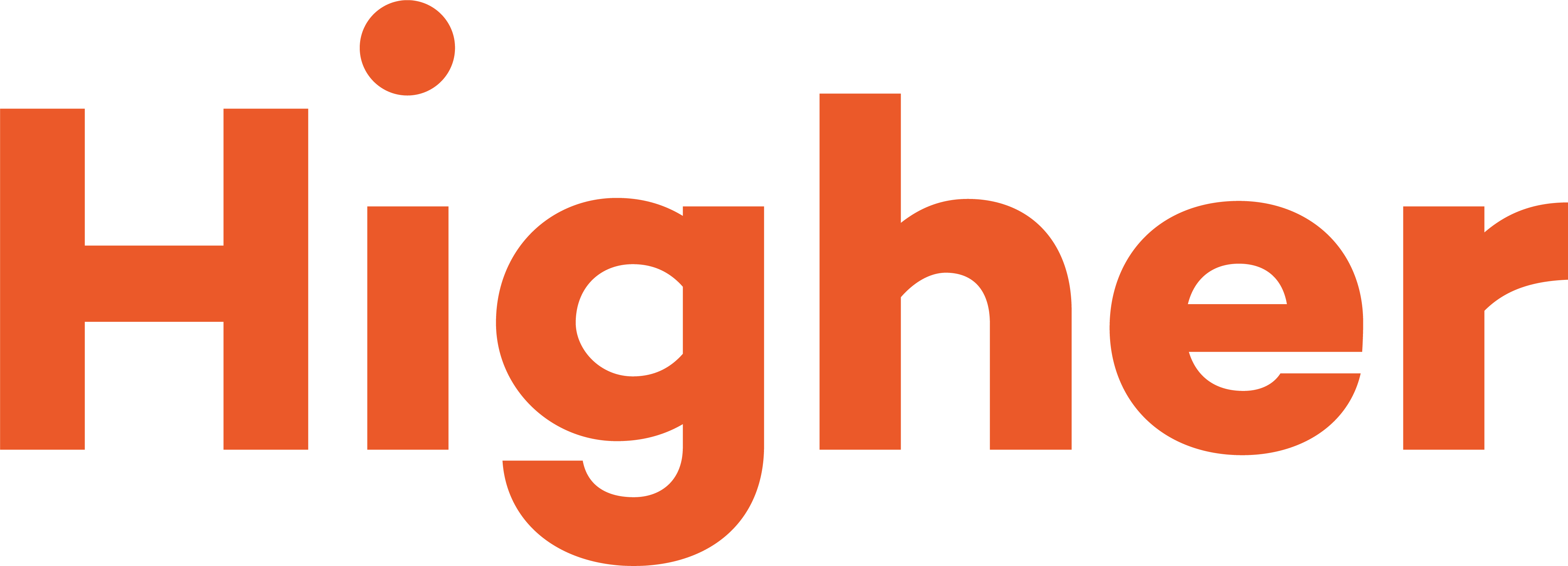Requirements profile
A requirements profile should outline the specific skills and competencies that a company is seeking for a particular position. It serves as the foundation throughout the entire recruitment process, ensuring that the right expertise is hired. Therefore, a requirement profile should include the necessary qualifications and desired traits that are relevant to the position.
Needs analysis before a requirement specification
Before creating a job profile, it is important to start with a need. This could be due to a staff member leaving the company, prompting a review of whether the role should be directly replaced. Another scenario could be the emergence of new requirements that need to be included in the role, requiring adjustments to the job profile. When creating a job profile for a new position, it is necessary to identify the required skills and competencies, as well as determine where in the organization the role should be placed. Regardless of the reason for recruiting for a position, it is essential to assess the existing need.
A good starting point is to ask colleagues of the position being filled about any skills they may be lacking, as well as any new needs that have arisen. Even though HR and managers may have a clear understanding, many people tend to forget about the closest colleagues, who often have valuable and specific insights into the requirements of the position. Once the need has been identified, it is time to start writing the job profile.
Why should you have a requirements profile?
The reason for creating a requirements profile is to ensure that the organization is in agreement on the competencies and needs that need to be fulfilled, as well as having a shared understanding of what the position will contribute to the company. The organization should be aligned on the expectations so that the requirements profile can be used as a foundation in the recruitment process. This, in turn, creates a united front and enhances communication clarity, regardless of who is involved in the recruitment process, as long as everyone is basing their approach on the same requirements profile.

Template for a requirements specification
Here are some great components to always include in a recruitment requirements template. Below is a list to start from.
- Job description
- Required competencies/experiences for the role
- Education?
- System knowledge?
- Language skills?
- Scope & working hours?
- Desired start date?
- Salary if possible
When creating a requirements template, it's easy to think in the present. Don't forget to think long-term and anticipate future needs. Perhaps the company will switch to a different system in the near future, requiring that expertise down the line. In that case, it would be wise to include it in the requirements template now.
Inspiration and insights

Discover a wealth of articles on recruitment and related topics that cater to professionals in the field or anyone with recruitment needs.

Discover the power of our customers' insights! Dive into their firsthand experiences of using our cutting-edge recruitment and casting tool, Higher.

